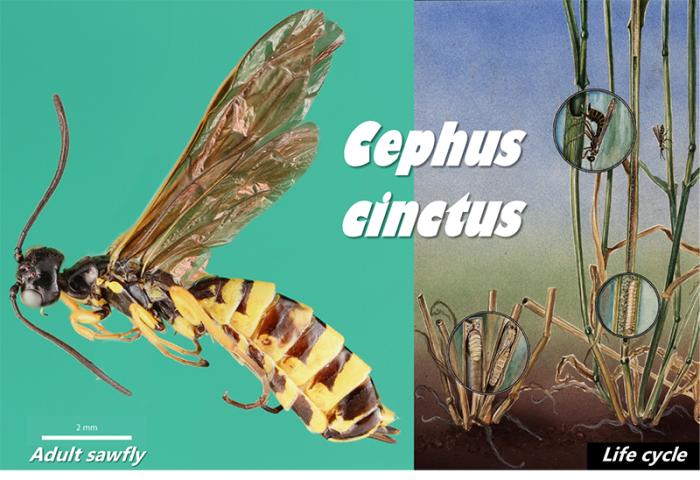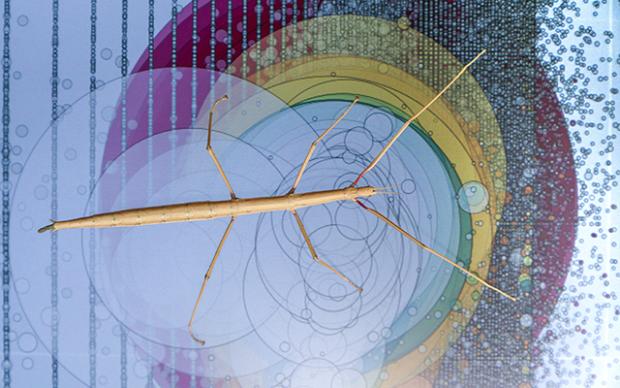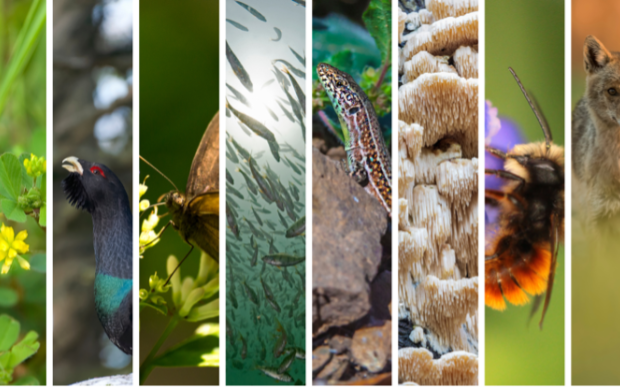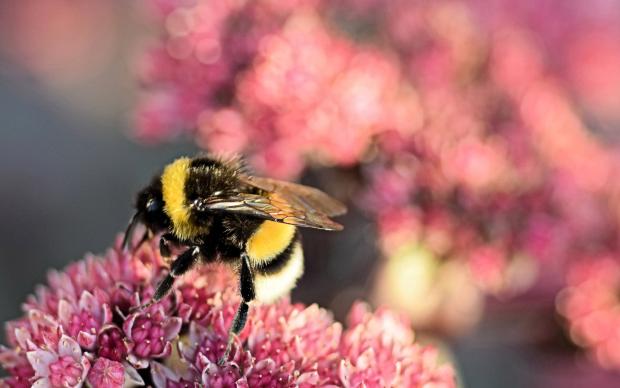A journey to the origins of wasps, bees, and ants
In a study published in the journal Genome Biology and Evolution, Swiss, American and French researchers conducted a comparative analysis of the genome features of the wheat stem sawfly, Cephus cinctus, an agriculturally important sawfly and an evolutionary distinctive group. Indeed, Cephus forms a distinctive lineage of sawflies that appeared early during the radiation of the Hymenoptera - the "membrane-winged" insects, which include bees, ants and wasps.
The international research effort included partners from the University of Illinois and Montana State University in the USA – regions of the North American grasslands where this sawfly is a major crop pest – and was co-led by SIB scientists from the University of Lausanne: Group Leader Robert M. Waterhouse, and members Livio Ruzzante and Maarten J. M. F. Reijnders.
A matter of taste and smell
Insects have the ability to sense chemical substances in their environment thanks to chemoreceptors - whether olfactory or gustatory. Clues as to how a pest such as the wheat stem sawfly detects and selects a specific host plant could therefore lie in the genes coding for chemoreceptors.
To learn more, the team went on to perform a comprehensive manual annotation of the chemoreceptor gene family members encoded in the genome. They identified many gustatory, odorant and ionotropic receptors, as well as odorant binding proteins. Phylogenetic analyses revealed that Cephus possesses few representatives for most of the key subfamilies of chemoreceptors, which is in contrast with wasps, ants, and bees (Apocrita), whose genomes contain extremely high numbers of these genes.
Importantly, the sawfly genome was found to contain members of several insect chemoreceptor gene subfamilies that are missing from Apocrita species, indicating that these were indeed present in the hymenopteran ancestor.
These comparative analyses therefore provide a new perspective on the evolution of the insect chemosensory gene repertoire and offer insights into the possible sensory mechanisms employed by sawflies to select their host plants.

Reference(s)
Robertson HM, Waterhouse RM, et al. Genome sequence of the wheat stem sawfly, Cephus cinctus, representing an early-branching lineage of the Hymenoptera, illuminates evolution of hymenopteran chemoreceptors. Genome Biology and Evolution.











